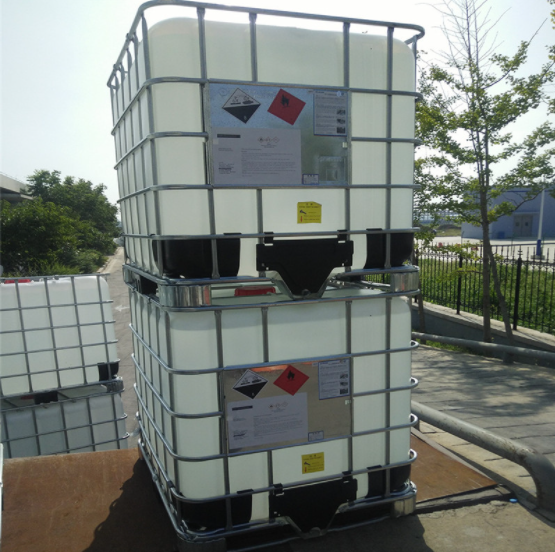Formic acid belongs to the carboxylic acid group. It is written as HCOOH. formic acid is a colourless, fuming liquid. It also has a pungent, pungent odour. Formic acid is used as an antiseptic and antibacterial agent and is also used in the manufacture of leather and rubber. XINLONGWEI introduces you to the uses and properties of formic acid.
HCOOH is the chemical formula for formic acid. Formic acid is naturally found in bees, ants and insects. Although it is not used as a solvent, it is an example of a proton solvent with a high acidity. Formic acid is corrosive and skin sensitising. Sometimes sodium formate is a slight irritant to the eyes.
Formic acid forms a white precipitate when it reduces mercuric chloride to mercurous chloride. It reacts with phosphorus pentachloride to form hydrogen chloride, carbonyl chloride and phosphoryl chloride. Formic acid appears to be an unpleasant chemical found in some ant species, venom and even in the secretions of nettles.
It can be very harmful at high concentrations, but on the other hand it is very effective at low concentrations. Due to its antimicrobial material properties, it is used as a food preservative.

Formic acid is used in combination with citric acid, as it is unable to remove iron oxide deposits if used alone.
One of the main areas where formic acid is useful is as an industrial chemical in saturated monocarboxylic acids.
It is used in the tanning and dyeing industries, but other competing assets are cheaper, so formic acid is used less often or in a few cases to specific advantage.
Formic acid shows antimicrobial properties, so it has a wide range of uses in agriculture.
It is widely known as an insecticide and has been shown to help protect crops from different species of pests.
Firstly, a strong acid is one that is completely dissociated in aqueous solution. Weak acids, on the other hand, are partially dissociated in aqueous solution. Therefore, based on this property, we can say that formic acid is a weak acid, which is naturally present in the bites of bees and ants. Formic acid can also be formed by the distillation of ants.
Baking soda can be used to neutralise formic acid. If we accidentally get some formic acid on our skin, we can use a thick paste of sodium bicarbonate in water to neutralise it.
We are a professional manufacturer of chemical acids, in addition to oxides and bases for sale, and we are careful to do our best to serve you with good transport and storage. Please send us a message if you need.